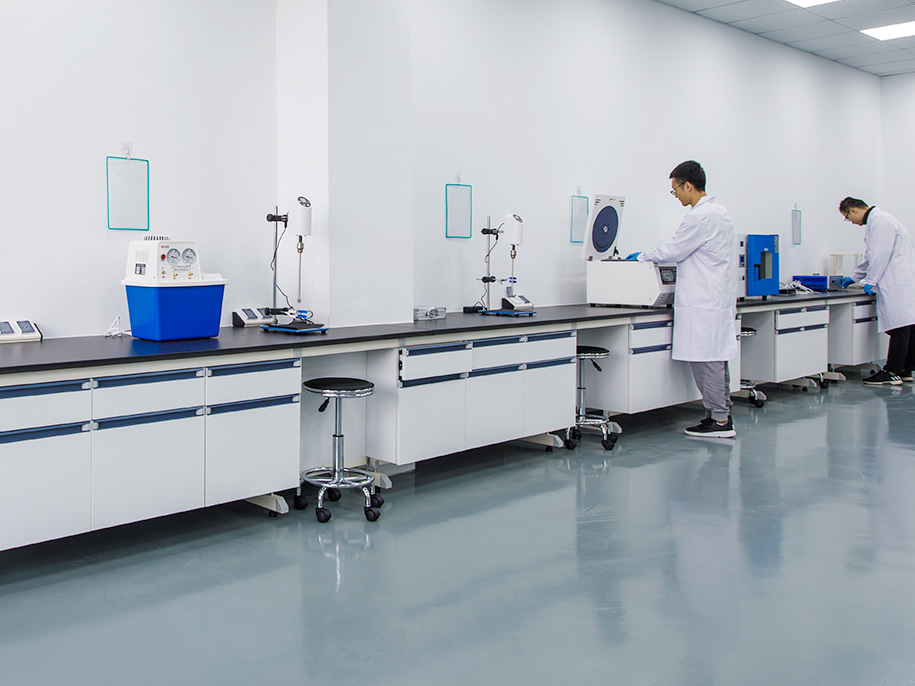Applications and Prospects of Graphite Materials in Aerospace
Graphite, a non-metallic mineral resource, is widely used in aerospace due to its self-lubricating properties, ease of machining, excellent thermal conductivity, thermal stability, and chemical inertness. Key applications include sealing materials and throat liners.
1. Applications of Graphite Materials in Aerospace
1.1 Sealing Materials
The performance of sealing materials directly affects the reliability of seals. As technology advances, the demands on sealing materials have become more stringent. Space stations, for instance, operate in harsh environments with high and low temperatures, high pressure, microgravity, and corrosion. Graphite materials are mainly used for sealing in propulsion systems, wing tips, flaps, and hydraulic and pneumatic systems. However, due to the high rotational speed of engine shafts, graphite cannot be used for shaft seals as it lacks the necessary tensile strength.
Types of Graphite Sealing Materials:
- Flexible Graphite: Developed in the mid-1980s in the US from natural flake graphite. It has good self-lubricating properties, thermal conductivity, low expansion coefficient, and chemical inertness, making it a suitable replacement for asbestos and rubber in high-tech sealing applications. It is compressible and elastic but has low strength, limiting its use to low-pressure static seals.
- Enhanced Graphite: To improve sealing performance, graphite is impregnated with other materials such as resins and metals.
- Resin Impregnation: Typically involves phenolic resin, tetrahydrofuran, or furan resin. Studies show that proper impregnation and carbonization cycles reduce porosity and increase the material’s density and bending strength, enhancing sealing performance. This has promising applications in liquid rocket engine turbine pump seals.
- Metal Impregnation: Combines the strengths of both graphite and metals, commonly using antimony, silver, lead, or copper.
- Inorganic Salt Impregnation: Improves high-temperature oxidation resistance, making graphite suitable for high-temperature aerospace applications. Research in Shaanxi has shown that impregnating graphite with inorganic salts significantly enhances its high-temperature performance.
- Isotropic Graphite: Originating in the 1960s, isotropic graphite offers superior overall performance compared to other graphite materials. It is made using cold isostatic pressing of specially treated petroleum and pitch coke, resulting in high compressive and bending strength, uniform and dense structure, high precision, and low porosity. Known as high-density, high-strength graphite, it is key in sealing applications due to its superior properties.
1.2 Throat Liner Materials
Graphite’s high-temperature resistance, ablation resistance, and lightweight characteristics make it ideal for throat liners in small rocket engines (SRM). In the 1990s, the US pioneered the use of graphite throat liners in solid-propellant sounding rockets, leading to the development of:
- First Generation: ATJ high-strength graphite.
- Second Generation: G-90 high-density high-strength graphite.
- Third Generation: Graphnol isotropic graphite.
Conclusion
Graphite materials have critical applications in aerospace for sealing and throat liners due to their unique properties. Continuous research and development in graphite materials, especially isotropic graphite, will further enhance their performance and broaden their application prospects in aerospace technologies.
Contact us for more information on how our high-quality graphite products can meet your aerospace needs. Thank you for considering our solutions.


